informatik


| We conduct a series of experiments to investigate the desired properties of a tone mapping operator (TMO) and to design such an operator based on subjective data. We propose a novel approach to the tone mapping problem, in which the tone mapping parameters are determined based on the data from subjective experiments, rather than an image processing algorithm or a visual model. To collect this data, a series of experiments are conducted in which the subjects adjust three generic TMO parameters: brightness, contrast and color saturation. In two experiments, the subjects are to find a) the most preferred image without a reference image (preference task) and b) the closest image to the real-world scene which the subjects are confronted with (fidelity task). We analyze subjects' choice of parameters to provide more intuitive control over the parameters of a tone mapping operator. Unlike most of the researched TMOs that focus on rendering for standard low dynamic range monitors, we consider a broad range of potential displays, each offering different dynamic range and brightness. We simulate capabilities of such displays on a high dynamic range (HDR) display. This allows us to address the question of how tone mapping needs to be adjusted to accommodate displays with drastically different dynamic ranges. |
We use the BRIGHTSIDETM HDR display for this project. It is a 18-inch LED-based HDR monitor, and its luminance range is 0.05 -- 3,000 cd/m2. By limiting its maximum and minimum luminance values, we can simulate the broad range of conventional displays.
We use the BRIGHTSIDETM 18-inch HDR monitor to dislay HDR images. We ask our human subjects to adjust three parameters: overall brightness, overall contrast, and saturation of color. Overall brightness is considered as an offset of luminance, and contrast is a difference between the maximum and minimum luminance values of an HDR image (see the left figure below). Color coordinates are inter- or extrapolated between the original pixel color and its corresponding luminance value for the D65 white point. All adjustments are done in logarithmic domain. The user interface for our experiment is shown below.

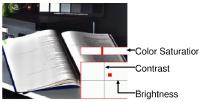
|
We conduct two psychophysical experiments: preference and fidelity tests. In the preference experiment, we ask our subjects to adjust three parameters (brightness, contrast, and color saturation) for their preference (without reference). The preference experiment contain 25 HDR images (see images below. Note that they are tone-mapped by the Drago TMO [Drago et al. 2003]). 15 subjects participate this experiment and each subject takes approximately 20 -- 30 minutes. This experiment is conducted in a dimly illuminated room (60 lux).
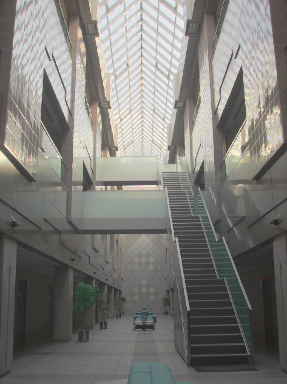

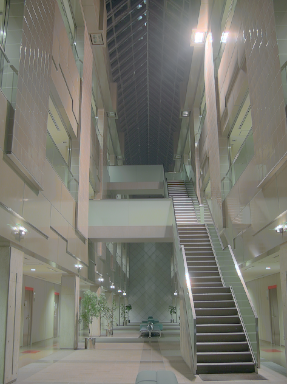


|

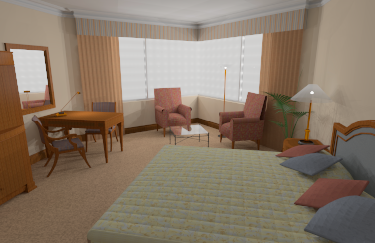


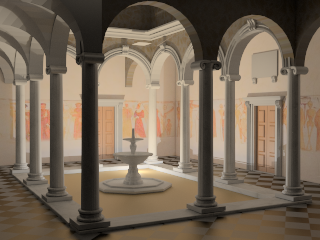
|





|
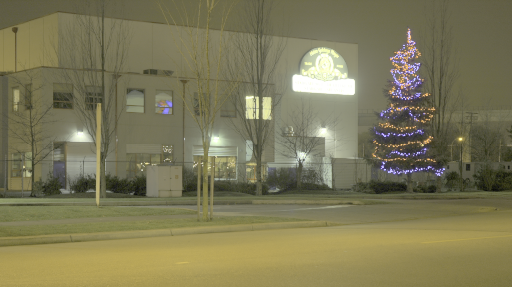



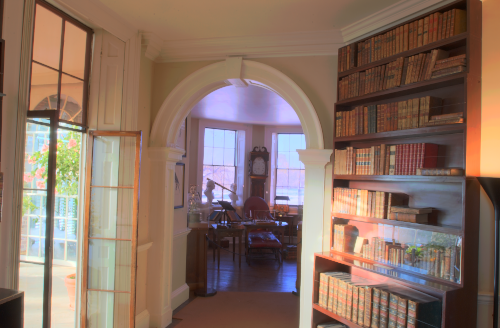
|

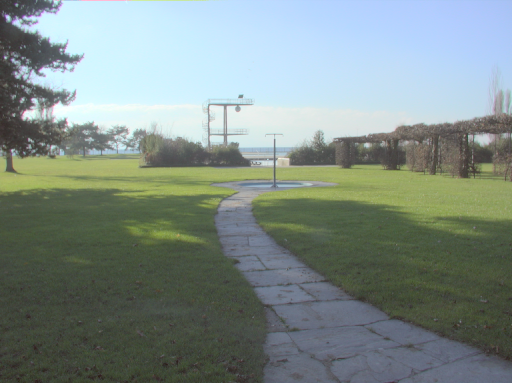



|
In the fidelity experiment, we ask our subjects to adjust the parameters with the corresponding real-world views (with reference). Additionally, the HDR monitor simulates several different displays in order to study a display effect by limiting its dynamic range: 0.2 -- 3,000, 0.2 -- 80, 0.2 -- 200, 0.2 -- 1,000, 1.0 -- 80, 1.0 -- 200, 1.0 -- 1,000, 1.0 -- 3,000, 80.0 -- 1,000, 80.0 -- 3,000, 200.0 -- 1,000, 200.0 -- 3,000, 1,000 -- 3,000 cd/m2. The scenes used for the fidelity experiment are shown below. Note that the leftmost scene use a strong light source while the middle scene use a diffused one. For each dynamic range setting, we ask our subjects to answer a questionnaire (good/average/poor) to answer how they liked it.
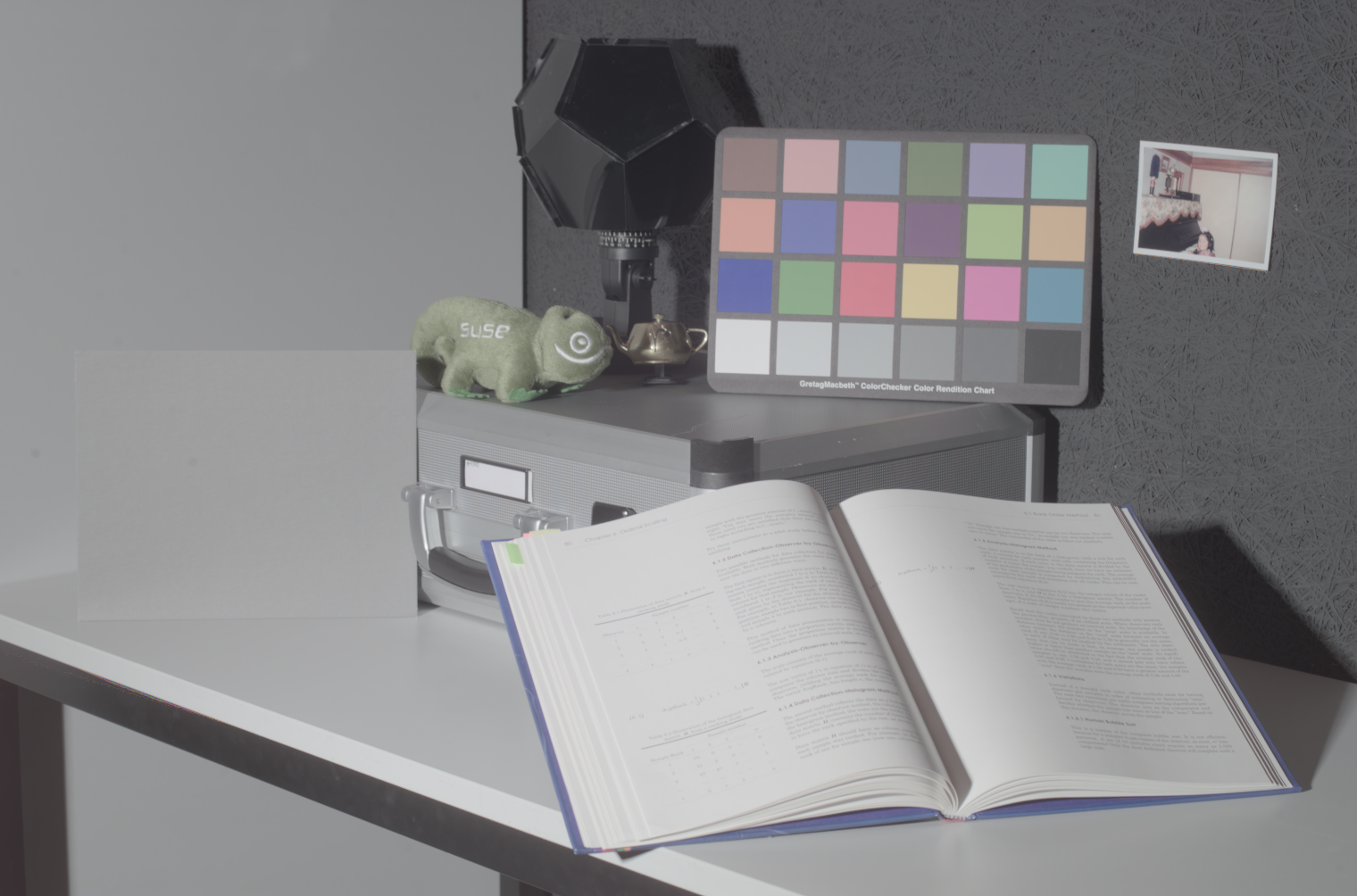
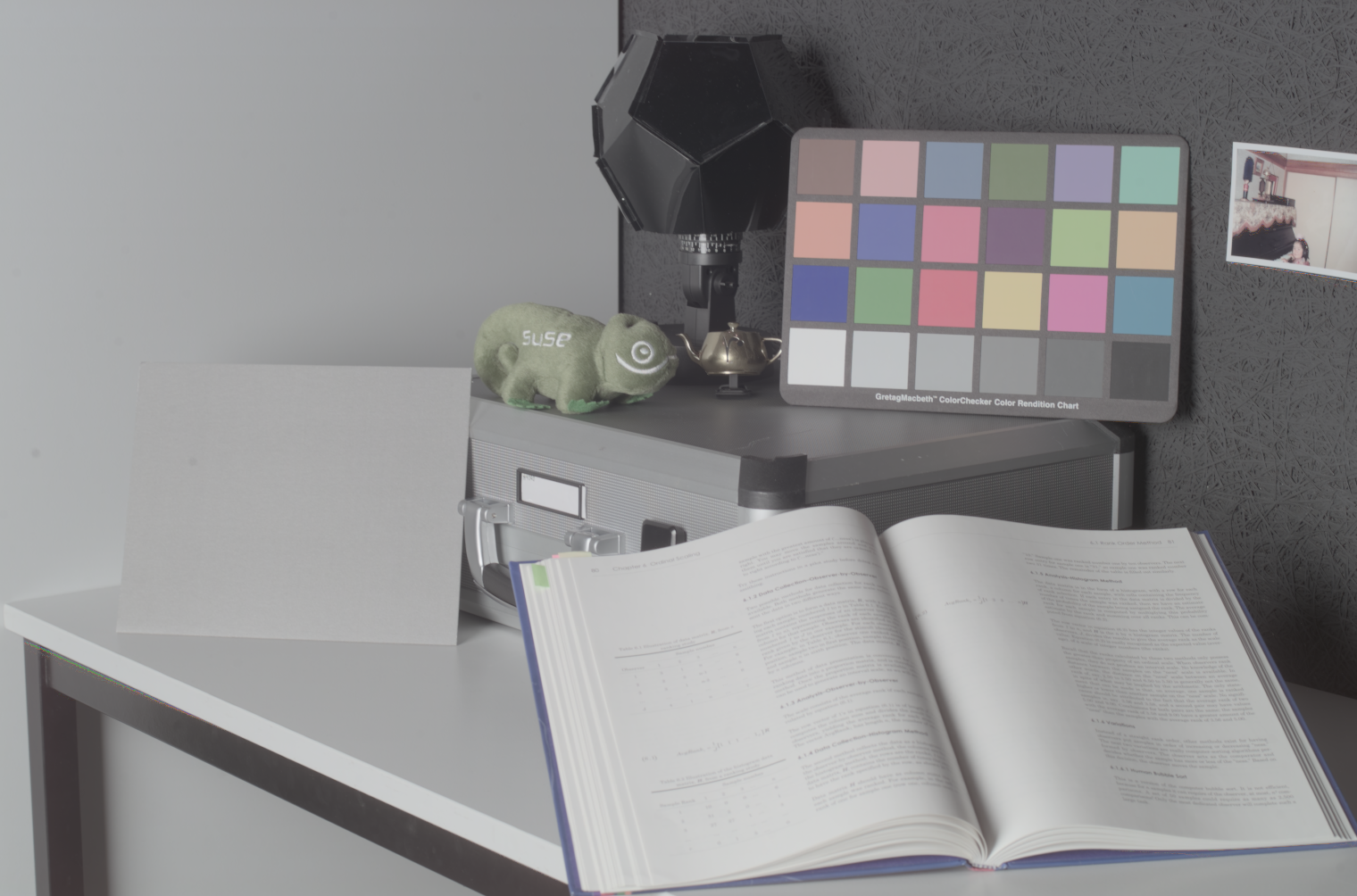
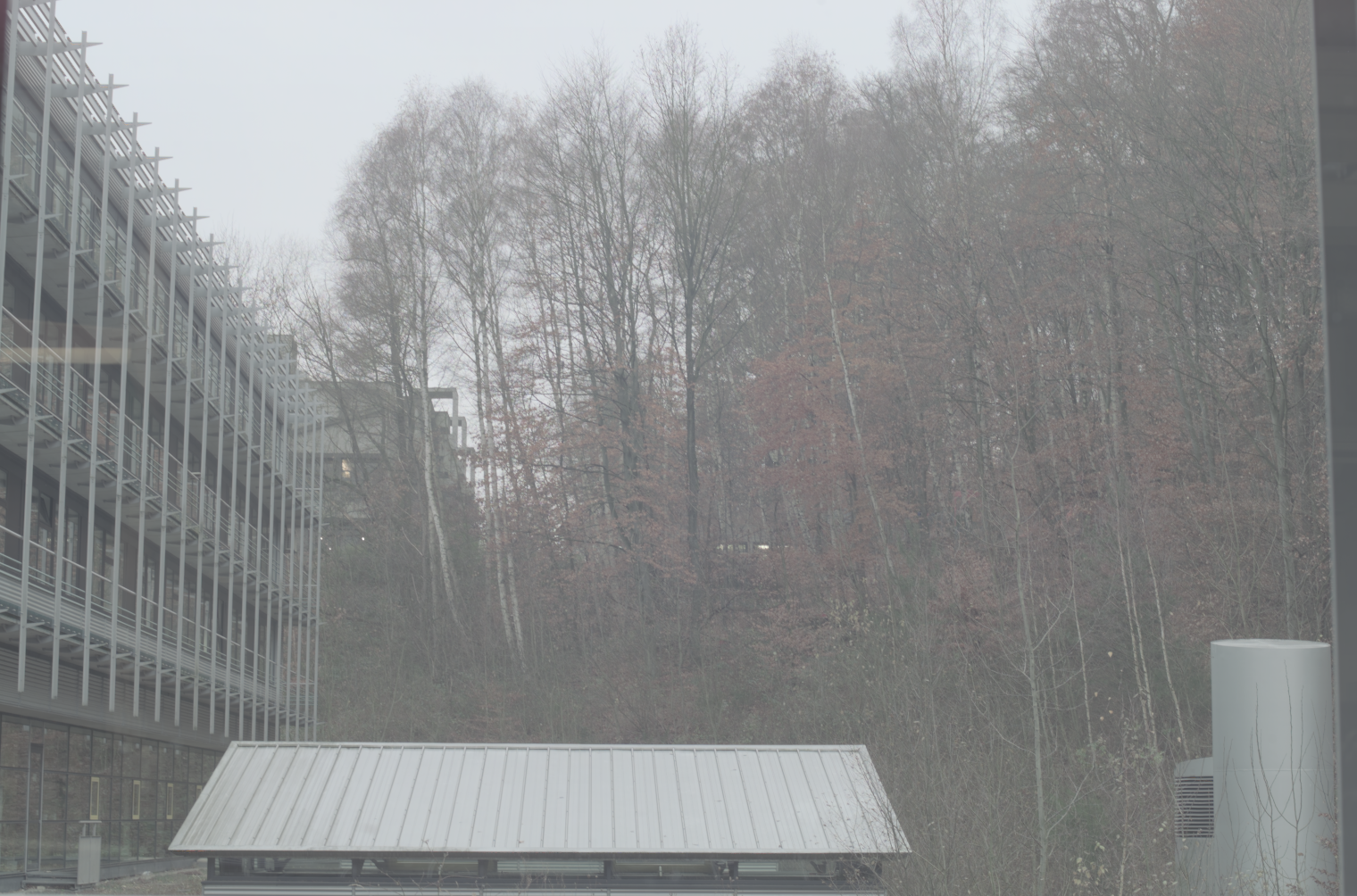
|
Comments and suggestions related to the project are very welcome. For further information please contact Akiko Yoshida, Rafal Mantiuk, or Karol Myszkowski.